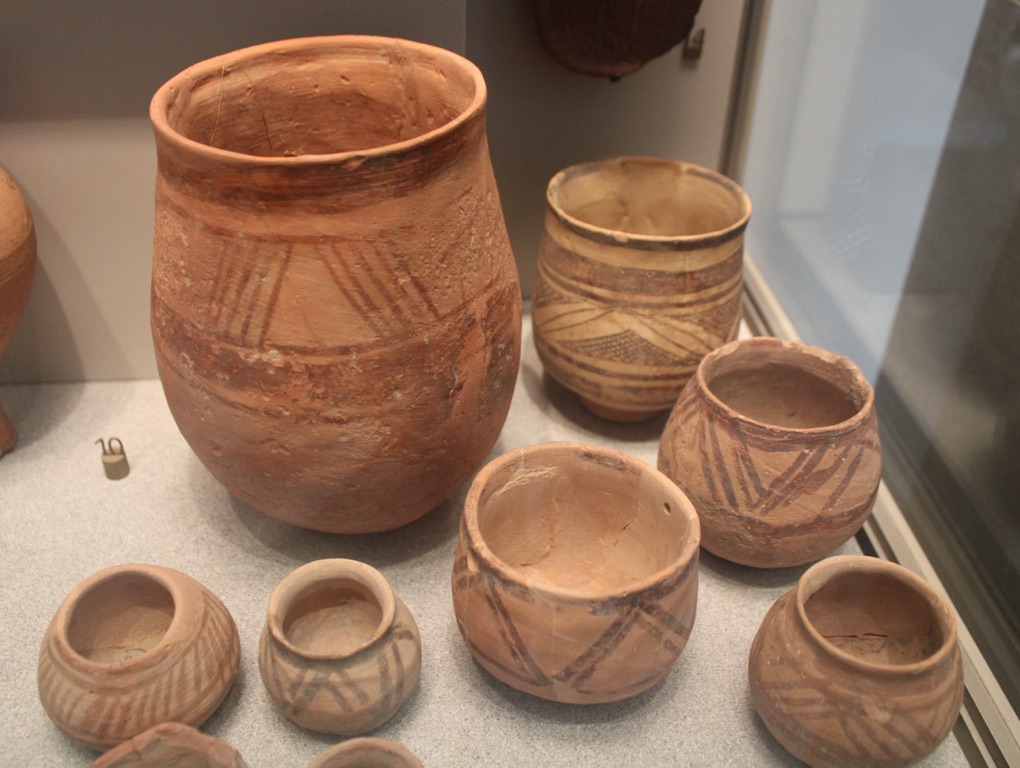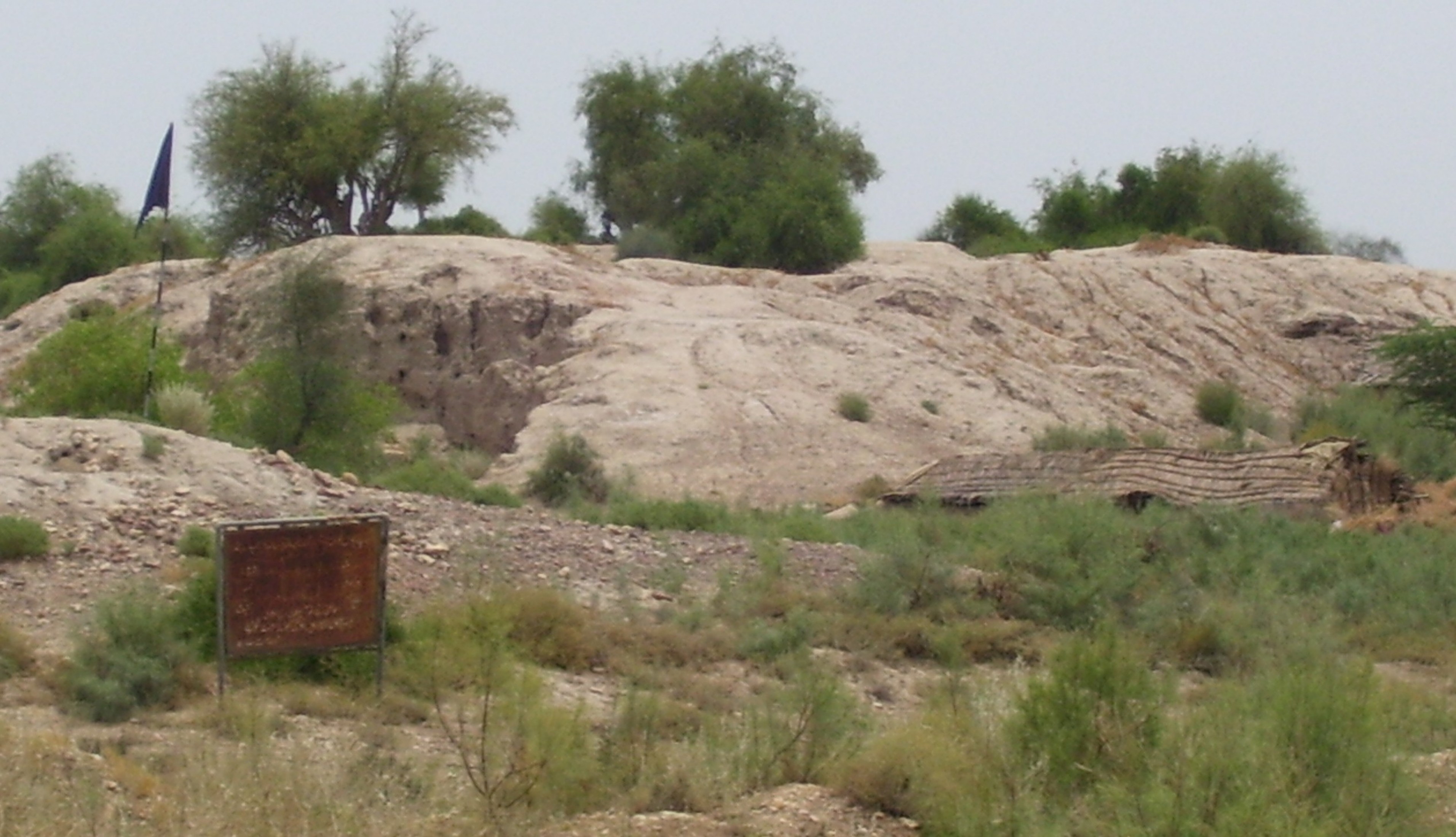Amri is an ancient archaeological site located in the Sindh province of Pakistan. It dates back to the pre-Harappan period, showcasing a continuous occupation from the 4th millennium BCE to the end of the 3rd millennium BCE. The site is significant for its early development of urbanization in the Indus Valley Civilization. Excavations at Amri have revealed a sequence of cultures, providing insights into the prehistoric development of the region.
Get your dose of History via Email
Historical Background of Amri
Archaeologists discovered Amri in the 1920s. N.G. Majumdar first excavated the site in 1935. Later, J.F. Jarrige and his team conducted extensive work in the 1970s. The people who built Amri were part of the pre-Harappan culture. They laid the groundwork for the later, more advanced Indus Valley Civilization. Over time, Amri became a melting pot of various cultures. It was not the scene of any known historical events. However, its continuous habitation provides a window into the past.
The site consists of two mounds, representing different time periods. The larger mound, Amri I, dates to the pre-Harappan era. The smaller mound, Amri II, shows signs of later occupation. The transition between these periods is evident in the archaeological record. The site’s strategic location along the Indus River made it an ideal settlement. It also facilitated trade and cultural exchange.
Amri’s inhabitants were skilled in pottery, metallurgy, and agriculture. They built their homes from mud bricks. The layout of the settlement suggests a well-organized community. The discovery of a fortification wall indicates the importance of defense. This wall also points to a possible administrative structure within the society.
Over time, Amri saw influences from other cultures, such as the Kot Diji culture. This interaction is visible in the pottery styles and architectural techniques. The site was eventually abandoned. The reasons for this are still unclear. It could have been due to environmental changes or shifts in trade routes.
Amri’s significance lies in its contribution to understanding the pre-Harappan era. It provides evidence of the early stages of urban development. The site also shows the complexity of cultural dynamics in ancient South Asia. Amri’s continuous occupation makes it a key site for studying the region’s prehistory.

About Amri
Amri is notable for its mud-brick architecture. The site’s buildings were constructed using locally sourced materials. The ancient inhabitants of Amri built their structures with great care. They used advanced techniques for their time. The site’s layout shows a clear planning strategy. This suggests a sophisticated level of urban development.
The architecture at Amri includes residential units, public spaces, and fortifications. The houses often had multiple rooms. Some even had courtyards. The presence of granaries indicates a community engaged in agriculture. The fortification wall surrounding the settlement was a significant architectural feature. It provided protection against potential threats.
Excavations have uncovered a variety of pottery at Amri. The pottery styles evolved over time. They reflect the cultural influences from neighboring regions. The use of wheel-thrown pottery became more common in the later phases. This points to technological advancements within the society.
Other artifacts found at Amri include tools, beads, and ornaments. These items were made from various materials such as stone, shell, and metal. The discovery of seals suggests some form of administrative control. It also implies the existence of trade networks.
The construction methods at Amri reveal a community capable of coordinated efforts. The buildings were not only functional but also showed an aesthetic sense. The careful design of the settlement indicates a society with a high degree of social organization.
Theories and Interpretations
Several theories exist about the use of Amri. Some suggest it was a trading hub due to its location. Others believe it was primarily an agricultural settlement. The variety of artifacts found supports both theories. The presence of seals and weights hints at trade activities.
The mysteries of Amri include the reasons for its abandonment. Some archaeologists speculate environmental factors played a role. Others suggest a shift in the course of the Indus River. This could have led to the site becoming less viable for occupation.
Interpretations of the site’s features often rely on comparisons with other Indus sites. The similarities in urban planning and architecture provide clues. These comparisons help to understand the broader cultural context of Amri.
Dating of the site has been carried out using various methods. Radiocarbon dating is one such method. It has helped establish the timeline of occupation at Amri. The results align with the broader chronology of the Indus Valley Civilization.
Theories about Amri continue to evolve as new discoveries are made. Each finding adds to the understanding of this ancient site. The interpretations of Amri’s purpose and significance remain a subject of ongoing research.
At a glance
Country: Pakistan
Civilization: Pre-Harappan and Indus Valley Civilization
Age: 4th millennium BCE to the end of the 3rd millennium BCE

